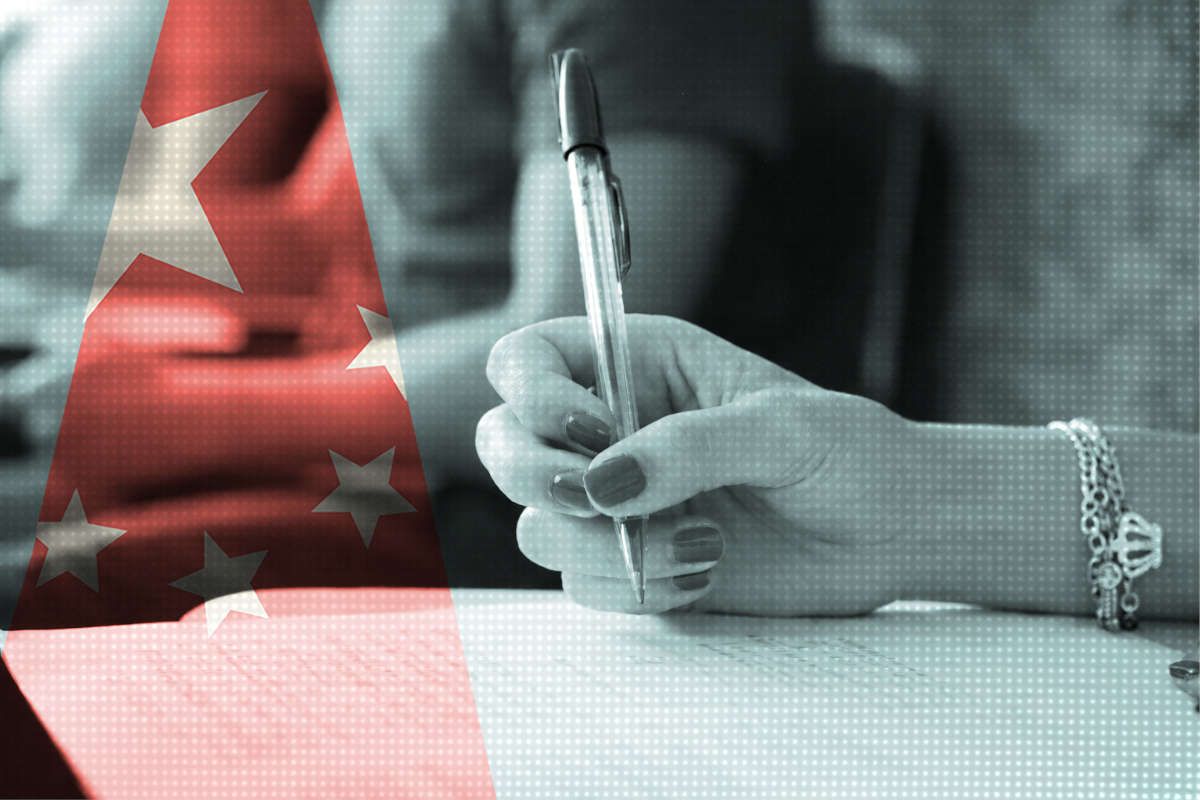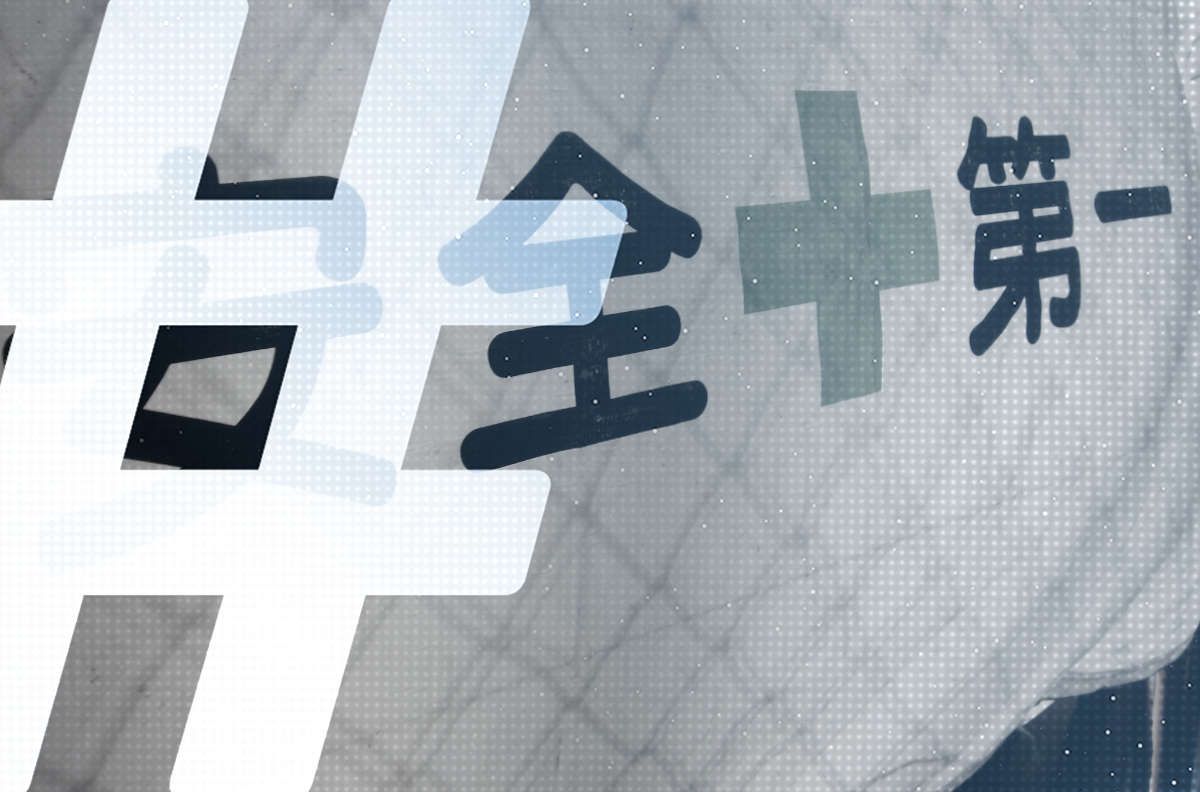Headlines and Hashtags
Party Media Focus Away From Outbreak
As it grapples with the Wuhan coronavirus outbreak, China is now dealing with the most serious infectious disease crisis since the 2003 outbreak of Severe Acute Respiratory Syndrome (SARS). Many experts agree that China’s monitoring and response systems have progressed a great deal since the cover up that year proved a major embarrassment to the government and prompted a rethink of policies to deal with so-called “sudden-breaking incidents,” or tufa shijian (突发事件).
SARS in 2003 and the window of relative openness that followed the humiliating revelations of a cover up, the first great challenge to face the Hu Jintao administration, offered a new generation of Chinese media opportunities to break out professionally. The year was in many ways the culmination of changes happening progressively in the Chinese media through the second half of the 1990s.
This year we can see the difference clearly enough if we visit the websites and front pages (and news apps) of major commercial media such as The Beijing News, Southern Metropolis Daily and The Paper.
Here is what you see today if you visit the website of The Beijing News, for example. The coronavirus outbreak is the top story, completely dominating the photo feature space with scenes from Wuhan.

Reporting at The Beijing News comes not just from official Xinhua News Agency releases, or from “mainstream” (in the official sense) Party media such as China Central Television. There are bylines from the newspaper’s own reporters, one interviewing an infectious disease expert in Wuhan, another offering current updates on the situation in various cities, another reporting statements from health officials in Beijing. There are reports from the ground in Wuhan, and also from Hong Kong.
This is not to say, of course, that the coverage is comprehensive, or that it necessarily offers a full balance of perspectives. Official sources of information seem to take precedence.
But in lieu of a more detailed content study – which we’re not attempting here – we can say that the story is front and center at The Beijing News. The story that most concerns people right now is the story receiving the most attention.
The same is true if we look at the front page of Guangzhou’s Southern Metropolis Daily today. Sure, official sources dominate here, the focus apparently on reporting the official numbers and official actions being taken. But all of the bold headlines on the front page deal with the coronavirus outbreak.

At The Paper (澎湃), the headlines on the website and news app again focus on the coronavirus outbreak, with scores of stories, national and local, dominating the page, to the point it seems there is no other news to talk about.
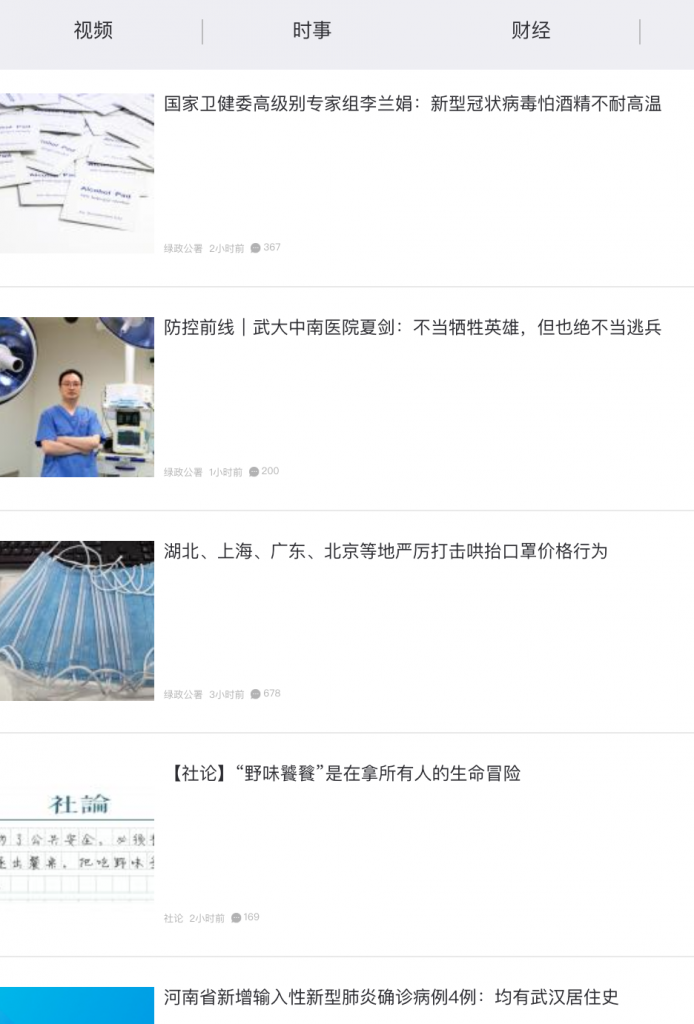
But of course there is other “news” to talk about if your point of reference is the burning priorities of the Chinese Communist Party, and not necessarily the issues of clear and present concern to the public.
This most recent infectious disease crisis, with its echoes of SARS, once again exposes the basic nature of China’s Party media outlets, and their interest in “serving the Party” over the public interest – the domination of the “Party nature” (党性) over the “people nature” (人民性), to reference the debate over news values that raged in the late 1980s between then People’s Daily editor in chief Hu Jiwei (胡绩伟), a proponent of liberalization of the press, and the hardliner Hu Qiaomu (胡乔木).
If we look today at central Party media, we can see the Party agenda obliviously playing out right in the midst of this latest health crisis.
At the People’s Daily Online today, the epidemic appears but is pushed down below six other stories of quite questionable news relevance – unless one understands the way CCP leaders define priority and relevance.
The report that gets top billing at the site today is about a gathering yesterday of former senior officials ahead of the Spring Festival. It is essentially just a list of names, including Jiang Zemin, Hu Jintao and Zhu Rongji, that ends with expressions of support for Xi Jinping: “The old comrades expressed their thanks and high assessment of how the Party with Comrade Xi Jinping at its core had led the whole Party, the whole army and all the people’s of the country in realizing historic achievements, and they voiced their heartfelt support for Secretary Xi Jinping as the core of the CCP and of the whole Party.”
Why would such a story be emphasized over a national health crisis? The reason is not necessarily distraction, though the leadership certainly wishes everyone could look away. This story is there to serve the paramount purpose of reiterating Xi Jinping’s power and status, one of the primary roles played by Party media.
Second billing goes to a story about Xi Jinping sending a congratulatory letter to the China-Italy year of culture and tourism in Rome, along with Italian President Sergio Mattarella. Again, there is little real news value for the public, but the chief objective here is to show Xi Jinping engaged internationally. The third story at the top of People’s Daily Online, a report about Xi Jinping’s visit to Myanmar, serves the same purpose, to show Xi as a leader engaged in the region. The report, full of Xi governing concepts, talks of the goal of “opening a new era of community of common destiny between China and Myanmar” (开辟中缅命运共同体的新时代), a reference to one of Xi’s core foreign policy terminologies.
Three more stories follow these, about Wang Yang and religion, about Wang Huning and culture, and about Han Zheng at the World Economic Forum, before we even get to any acknowledgment whatsoever that China is facing a new disease outbreak.
The first acknowledgment we have is a report about a press conference this morning in Beijing in which Liu Wei (李斌), head of China’s National Health Commission, spoke about the latest situation and the government’s priorities. The second is a commentary in which the writer urges all members of society to consider the common good in light of the epidemic, and not to take actions out of personal interest that risk further spreading disease. The commentary talks about a number of reports that have infuriated some Chinese, like reports that even after the extent of the situation was known tourism authorities in Wuhan had issued 200,000 free travel coupons to tourist sites around the city, effectively encouraging crowds that could further spread the disease.
And what of local Party newspapers and websites?
Here is the front page today of Tianjin Daily, the official mouthpiece of the municipal Party committee there. It is virtually identical to the People’s Daily, first emphasizing next to the masthead Xi Jinping’s visit to Myanmar, then a big headline about Xi visiting Kunming and offering his New Year’s greetings.
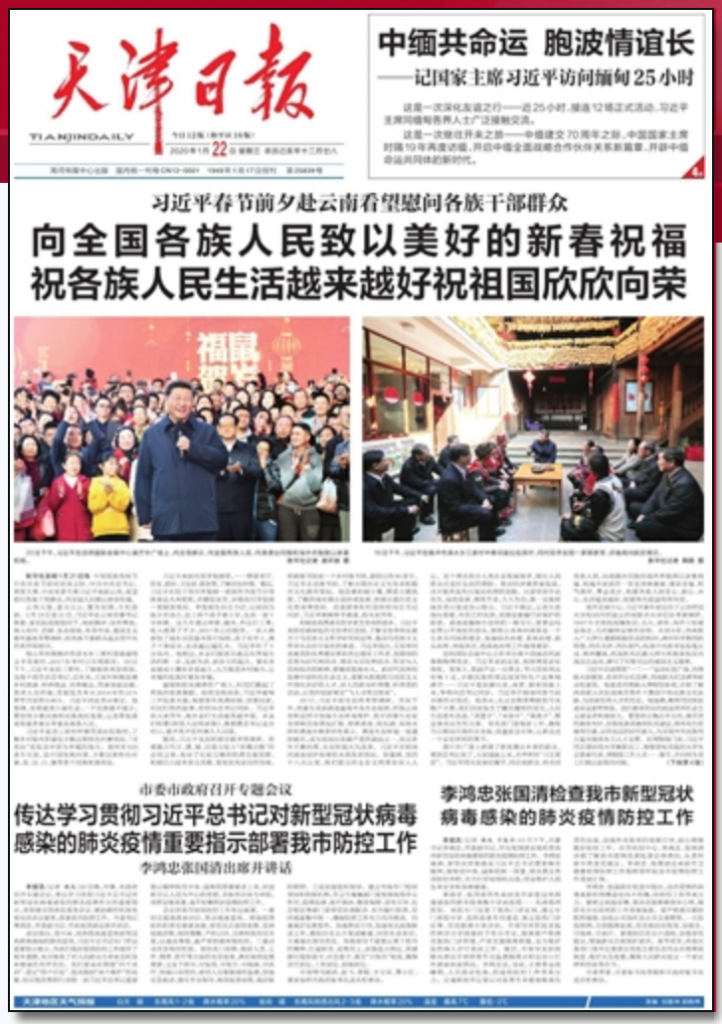
Two stories about the coronavirus outbreak are squeezed into the bottom one-fifth of the front page, the first on Xi Jinping’s instructions and the second, quite predictably, about the actions being taken by the top leader of the municipality, Secretary Li Hongzhong (李鸿忠). This is very typical Party treatment, focusing on official actions (and away from details and human stories) with sensitivity to national and local power dynamics. Mention Xi Jinping first, then the local Party leadership.
If we turn to Beijing Daily, the official Party mouthpiece of top Party leaders in the capital city, we can find the most hard-headed example of focus shifting and insensibility among official Party media outlets. The front page of the newspaper today does not deal at all with the coronavirus outbreak.
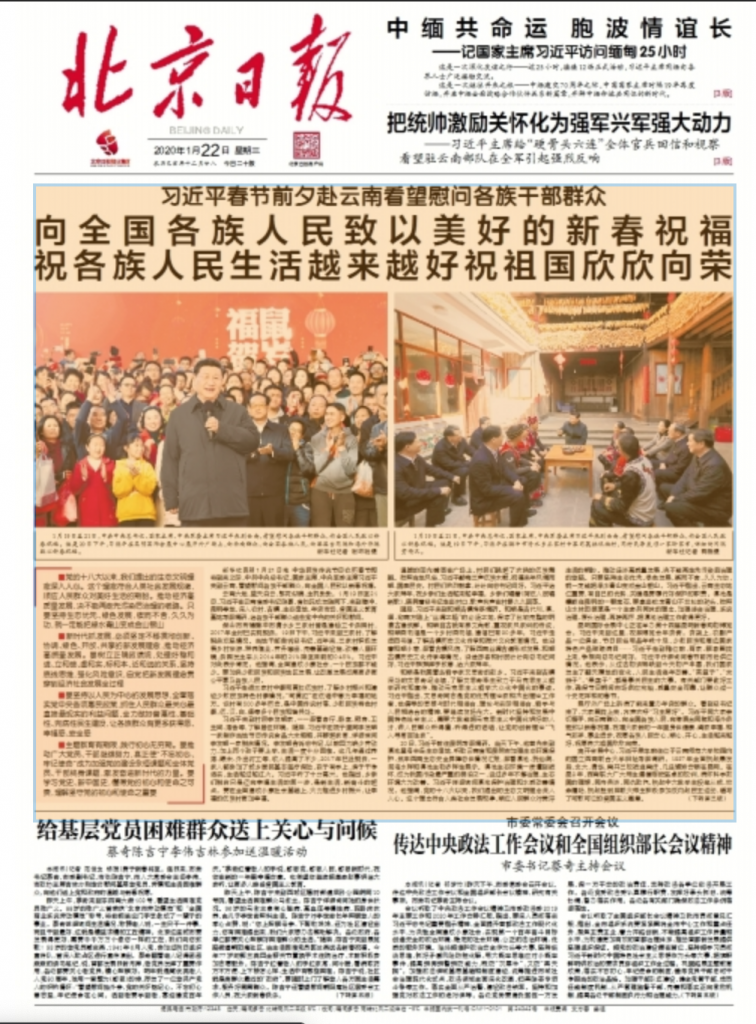
The top stories in the Beijing Daily are, in order of layout:
- Xi Jinping’s visit to Myanmar and building of a “community of common destiny”
- A story (with jump to page three) about Xi Jinping emphasizing a “strong military” during his visit in Yunnan province
- Xi Jinping’s positive New Year’s message to people during his visit in Yunnan
- A report about Beijing’s top leader, Cai Qi (蔡奇) meeting with “old comrades”
- A report about a city-level conference of the Party leadership
One might suggest that Party media at the local and national levels do not have their priorities straight. But these pages are clear declarations of priority, and they point to the very nature of the so-called “Party nature.” It is only that the sense of dissonance becomes more pronounced when the country faces a real and pressing crisis that should dominate the news.

